Bubble Magic: Fun Soap-Making Crafts for Kids
Welcome to the enchanting world of soap-making, where creativity bubbles up and fun is just a melt away! Imagine a space filled with vibrant colors, delightful scents, and the joy of crafting something unique with your own hands. Soap-making is not just a fun activity; it’s an adventure that engages children in a hands-on experience, allowing them to explore their artistic side while learning valuable skills. Whether you’re a parent looking to bond with your child or a teacher seeking an engaging classroom project, soap-making is the perfect way to spark creativity and curiosity.
In this article, we’ll dive into exciting soap-making crafts that will captivate children of all ages. From designing colorful, bubbly soaps to experimenting with different scents and textures, each step in the process is an opportunity for kids to express themselves and unleash their inner artist. Plus, it’s a fantastic way to teach them about science, as they learn how various ingredients interact to create their final product. So, roll up your sleeves and get ready for some bubbly magic!
Soap-making is more than just a fun craft; it offers a myriad of benefits that can greatly enhance a child's development. For starters, engaging in this creative process significantly boosts creativity. Children can experiment with colors, shapes, and scents, crafting their own unique masterpieces. Additionally, as they measure ingredients and follow recipes, they improve their fine motor skills, which are essential for tasks like writing and drawing.
Moreover, soap-making introduces kids to basic scientific principles. They can observe how heat changes the state of materials, how different ingredients react, and even learn about the pH balance in soaps. The sense of accomplishment they feel upon completing their soap projects can also foster a boost in confidence, encouraging them to take on new challenges in the future. So, not only are they having fun, but they are also learning and growing in the process!
Before diving into the soap-making adventure, it's essential to understand the basic ingredients that will help you create those colorful, bubbly soaps. The primary ingredient you'll need is glycerin, which acts as the base for your soap. Glycerin is a natural humectant, meaning it helps retain moisture, making it perfect for skin care. Additionally, you’ll want to gather essential oils for fragrance, as well as colorants to add that vibrant touch to your creations.
Here’s a quick overview of some essential ingredients:
| Ingredient | Purpose |
|---|---|
| Glycerin | Base for soap, retains moisture |
| Essential Oils | Adds fragrance and therapeutic properties |
| Colorants | Creates vibrant colors |
| Molds | Shapes the soap into fun designs |
When crafting with kids, safety is always the top priority. It’s essential to select materials that are kid-friendly and free from harmful substances. Always check for labels that indicate the product is safe for children, and avoid any ingredients that may cause irritation or allergic reactions. This ensures that the soap-making experience is not only fun but also secure for everyone involved.
One important aspect to consider in soap-making is the choice between natural and synthetic ingredients. Natural ingredients, such as plant-based oils and essential oils, are often gentler on the skin and more environmentally friendly. On the other hand, synthetic ingredients can sometimes provide more vibrant colors and scents. Teaching children about these differences empowers them to make informed choices about what goes into their creations, promoting a healthier, eco-friendly approach to crafting.
Awareness of potential allergies is another crucial factor in the soap-making process. Ingredients like certain essential oils or colorants can trigger allergic reactions in some children. Before starting your project, it’s wise to check for any known allergies and consider alternatives. For example, if a child is allergic to lavender oil, you might substitute it with chamomile or vanilla. This way, all children can enjoy the soap-making experience safely.
Now that we’ve covered the essentials, let’s talk about some simple techniques that are perfect for kids. One of the easiest methods is the melt-and-pour technique, where pre-made soap bases are melted, mixed with colors and scents, and then poured into molds. This method is not only straightforward but also allows for a lot of creativity. Kids can layer colors, add fun embeds like toys or dried flowers, and even create swirls for a unique look.
Encouraging creativity is key in soap-making. Kids can express their artistic flair through various design ideas that make their soaps truly one-of-a-kind. Here are a few fun designs to inspire your next soap-making session:
- Swirls: Create mesmerizing patterns by swirling different colored soaps together.
- Embeds: Add small toys or flowers into the soap for a surprise element.
- Themed Soaps: Design soaps around themes like animals, holidays, or favorite characters.
What’s more exciting than making soaps that celebrate different seasons and holidays? Kids can craft festive designs that bring joy to any occasion. Think pumpkin-shaped soaps for Halloween, snowflake soaps for winter, or heart-shaped soaps for Valentine’s Day. These seasonal creations not only enhance the crafting experience but also make for delightful gifts!
Making personalized soap gifts is a wonderful way for kids to share their creations with family and friends. They can package their soaps in colorful wrapping or decorative boxes, adding a personal touch with handwritten labels. This not only teaches them the joy of giving but also allows them to take pride in their creations, turning simple soaps into thoughtful and unique gifts.
Q: Is soap-making safe for kids?
A: Yes, as long as safe materials are used and adult supervision is provided, soap-making is a fun and safe activity for children.
Q: What age is appropriate for kids to start soap-making?
A: Kids as young as 6 can participate in simple soap-making activities with adult supervision. Older kids can handle more complex techniques.
Q: Can we use kitchen supplies for soap-making?
A: Absolutely! Many kitchen supplies, like measuring cups and mixing bowls, can be used in the soap-making process. Just ensure they are cleaned thoroughly after use.
Q: How long do homemade soaps last?
A: Homemade soaps can last for several months if stored properly in a cool, dry place. However, it’s always best to use them within a few weeks for optimal freshness.
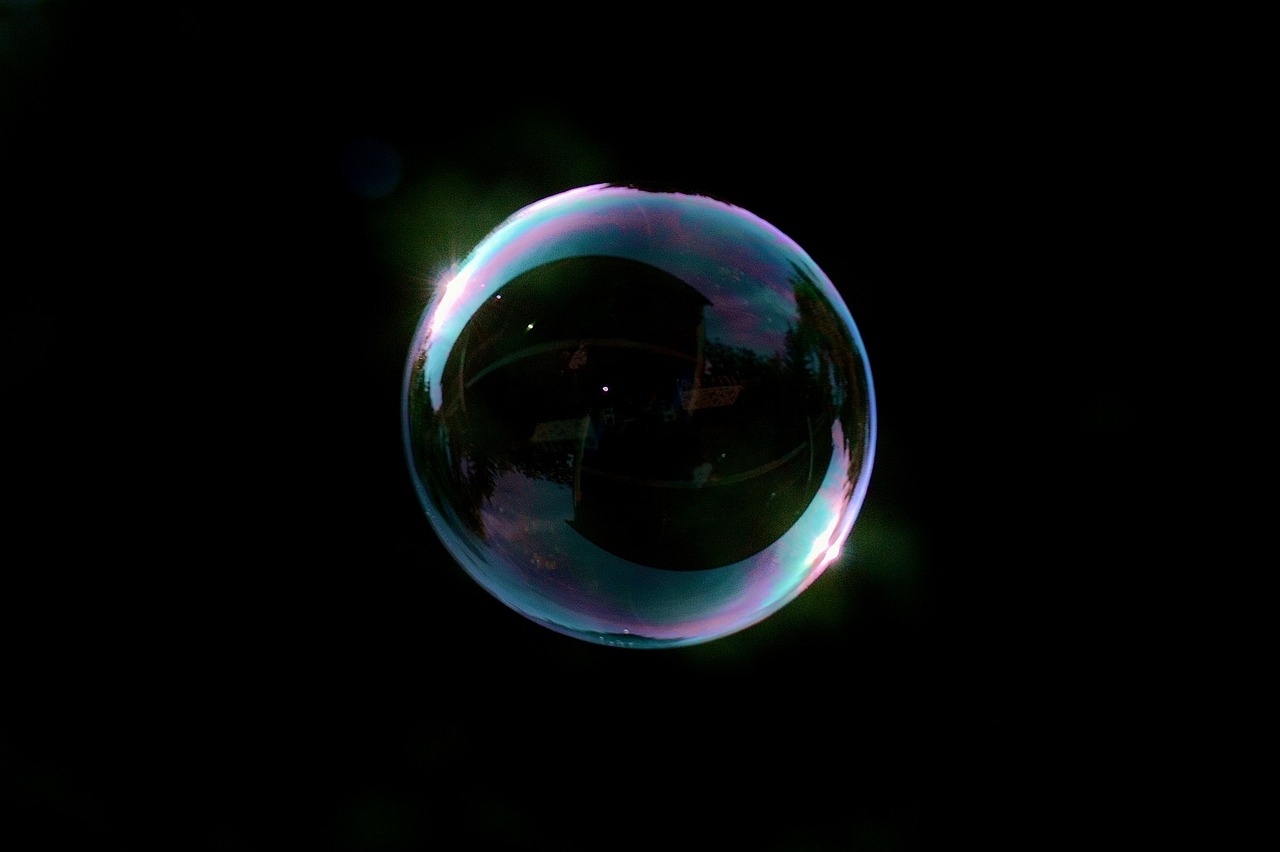
Benefits of Soap-Making for Kids
Soap-making is not just a fun and creative activity; it’s a treasure trove of benefits for kids! When children dive into the world of soap-making, they embark on a journey that enhances their creativity and sharpens their fine motor skills. Imagine the joy of mixing colorful ingredients and watching them transform into delightful, bubbly creations! This hands-on experience allows kids to express themselves artistically while also gaining a sense of accomplishment as they see their ideas come to life.
Moreover, engaging in soap-making introduces children to basic scientific principles. They learn about the chemical reactions that occur when different ingredients are combined, which can spark their interest in science. For instance, when they mix oils with lye, they witness the fascinating process of saponification. This not only makes them curious about how things work but also encourages critical thinking and problem-solving skills as they experiment with different recipes and techniques.
Additionally, soap-making can serve as a fantastic bonding activity for families. Imagine spending an afternoon with your kids, laughing and creating together! It’s a wonderful way to strengthen family ties while sharing valuable life skills. Not to mention, it boosts their confidence as they proudly showcase their handmade soaps to friends and family. The feeling of creating something unique and personal is a powerful motivator, and it can inspire kids to explore more DIY projects in the future.
Here are some key benefits of soap-making for kids:
- Enhances Creativity: Kids can experiment with colors, shapes, and scents, allowing their imagination to flourish.
- Improves Fine Motor Skills: The process of pouring, mixing, and molding helps develop hand-eye coordination.
- Encourages Scientific Exploration: Children learn about chemical reactions and the science behind soap-making.
- Boosts Confidence: Completing a soap project gives children a sense of achievement.
- Strengthens Family Bonds: Crafting together creates lasting memories and promotes teamwork.
In conclusion, soap-making is not merely a craft; it’s an enriching experience that nurtures various skills and fosters a love for creativity in children. So why not gather the kids and start this bubbly adventure? You'll be amazed at how much they learn and grow through this delightful activity!

Essential Ingredients for Soap-Making
When it comes to creating your own bubbly masterpieces, understanding the essential ingredients for soap-making is crucial. Not only does this knowledge empower kids to experiment and innovate, but it also sets the stage for a successful crafting experience. So, what do you need to get started? Let’s dive into the basic components that will transform ordinary materials into extraordinary soaps!
First and foremost, one of the key ingredients in soap-making is glycerin. This natural compound is a humectant, meaning it draws moisture to the skin, making your soaps not just fun to make but also beneficial for your skin. Glycerin is typically available in both clear and opaque forms, allowing for creative flexibility. Kids will love seeing how this ingredient can create a smooth, shiny finish on their soaps!
Next up, we have essential oils. These aromatic extracts not only add delightful scents to the soaps but also provide various therapeutic benefits. For instance, lavender essential oil can promote relaxation, while citrus oils can energize and uplift. When selecting essential oils, it's important to choose kid-friendly options, ensuring that the scents are pleasant and not overwhelming. A fun tip? Let the kids sniff different oils and choose their favorites to personalize their creations!
Colorants are another essential element in soap-making. Whether you opt for natural colorants like beet juice and turmeric or go for vibrant synthetic dyes, these colors can turn plain soap into a visual feast. Kids can experiment with mixing colors to create unique shades that reflect their personality. Just remember to use colorants that are specifically designed for soap-making to ensure safety and effectiveness.
| Ingredient | Purpose |
|---|---|
| Glycerin | Moisturizing agent that adds shine |
| Essential Oils | Adds fragrance and therapeutic benefits |
| Colorants | Provides vibrant colors to the soap |
| Soap Base | Foundation for all soap-making |
Additionally, you’ll need a good quality soap base. There are various types available, such as melt-and-pour bases, which are perfect for beginners. These bases melt down easily and allow for a variety of additions like fragrances and colorants. Kids can watch the transformation as the solid base turns into a gooey liquid, ready for customization!
Lastly, let’s not forget about the molds. Molds come in all shapes and sizes, from simple rectangles to fun animal shapes. Using molds can be a delightful part of the process, as kids can choose their favorite designs and get excited about the final product. Silicone molds are particularly great because they’re easy to work with and allow for smooth removal of the finished soap.
In conclusion, gathering the essential ingredients for soap-making can be an exciting adventure in itself. Not only do these components enhance the creative process, but they also provide kids with an understanding of how different elements work together to create something beautiful and functional. So, gather your glycerin, essential oils, colorants, and molds, and let the bubbly fun begin!
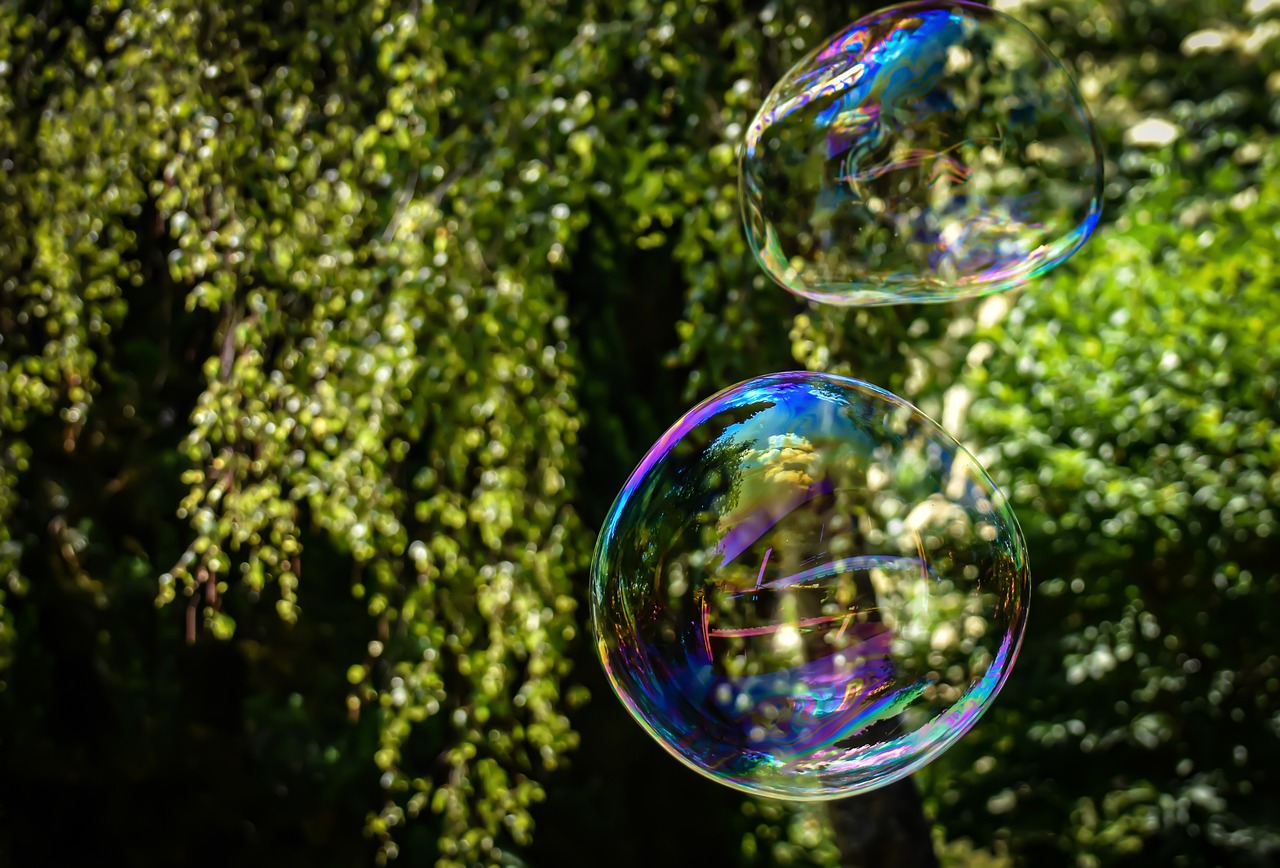
Choosing Safe Materials
When it comes to soap-making, especially with kids involved, is absolutely essential. Kids are naturally curious and enthusiastic, which makes them eager to dive into creative activities. However, as a responsible adult, it’s crucial to ensure that the materials used in the crafting process are not only fun but also non-toxic and safe. This means avoiding harsh chemicals and opting for ingredients that are gentle on the skin and suitable for young hands.
One of the first things to consider is the type of soap base you’ll be using. For beginners, a melt-and-pour soap base is often the best choice. These bases are pre-made and require minimal handling, which reduces the risk of accidents. Look for bases that are labeled as free from parabens and sulfates, as these can be irritating to sensitive skin. Additionally, it’s wise to select bases that are specifically marketed for children, as they often undergo more rigorous safety testing.
Next, let’s talk about colorants and fragrances. While it might be tempting to use vibrant colors and strong scents, many commercial products contain synthetic dyes and fragrances that can trigger allergies or skin reactions. Instead, consider using natural colorants like beet juice or turmeric, which not only add beautiful hues but are also safe for children. When it comes to scents, essential oils are a fantastic alternative to synthetic fragrances. However, it’s important to note that some essential oils can be potent and may require dilution. Always check the recommended usage rates and consult with a professional if you’re unsure.
Another important aspect to consider is the molds used for shaping the soaps. Silicone molds are often the best choice for kids because they are flexible, easy to clean, and durable. Avoid sharp or intricate molds that could pose a risk of injury. Additionally, ensure that any tools or utensils used in the soap-making process, like spoons or measuring cups, are also made from safe materials such as stainless steel or food-grade plastic.
Finally, always keep an eye on potential allergens. Children can have various sensitivities, so it’s best to conduct a patch test with any new ingredients you plan to use. This simple test involves applying a small amount of the product to a small area of skin and waiting for 24 hours to see if any reaction occurs. By taking these precautions, you can create a fun and safe soap-making experience that encourages creativity without compromising safety.
In summary, choosing safe materials for soap-making is about being informed and proactive. By selecting non-toxic bases, natural colorants, and kid-friendly tools, you can ensure that the crafting experience is enjoyable and safe for everyone involved. Remember, the goal is to foster creativity while keeping safety at the forefront!
- What type of soap base is best for kids? A melt-and-pour soap base is recommended as it is easy to use and safe.
- Are essential oils safe for children? Yes, but they should be used in moderation and properly diluted.
- How can I identify potential allergens in soap-making ingredients? Always read labels carefully and consider conducting patch tests.
- Can I use food coloring in soap-making? Yes, natural food colorings are a safe option for adding color to soaps.

Natural vs. Synthetic Ingredients
When it comes to soap-making, one of the most exciting discussions revolves around the choice between natural and synthetic ingredients. Each has its own unique properties and benefits, making the decision crucial for the final product. Natural ingredients, derived from plants and minerals, are often praised for their gentle, skin-friendly nature. They can include items like essential oils, organic colorants, and plant-based fats, which not only provide a rich aroma but also nourish the skin. For example, using coconut oil can add moisture, while lavender essential oil can provide a calming scent.
On the other hand, synthetic ingredients, which are chemically manufactured, can offer a range of benefits as well. They often have longer shelf lives, can be more cost-effective, and allow for vibrant colors and scents that may not be achievable with natural options. However, some parents might have concerns about the safety and potential skin irritation linked to synthetic additives. To help clarify these differences, here’s a quick comparison:
| Aspect | Natural Ingredients | Synthetic Ingredients |
|---|---|---|
| Source | Plant and mineral-based | Chemically manufactured |
| Skin Compatibility | Generally gentle | Can cause irritation in some |
| Color and Scent | Subtle, earthy tones | Vibrant and diverse |
| Environmental Impact | More eco-friendly | Varies based on production |
Choosing between natural and synthetic ingredients ultimately depends on the preferences and values of the soap-maker. If your child is particularly sensitive to skin irritants or has allergies, opting for natural ingredients might be the best route. Conversely, if they are looking for a fun, vibrant soap-making experience with bold colors and scents, synthetic materials could be the way to go. The key is to educate children about these differences, empowering them to make informed choices that align with their creativity and values.
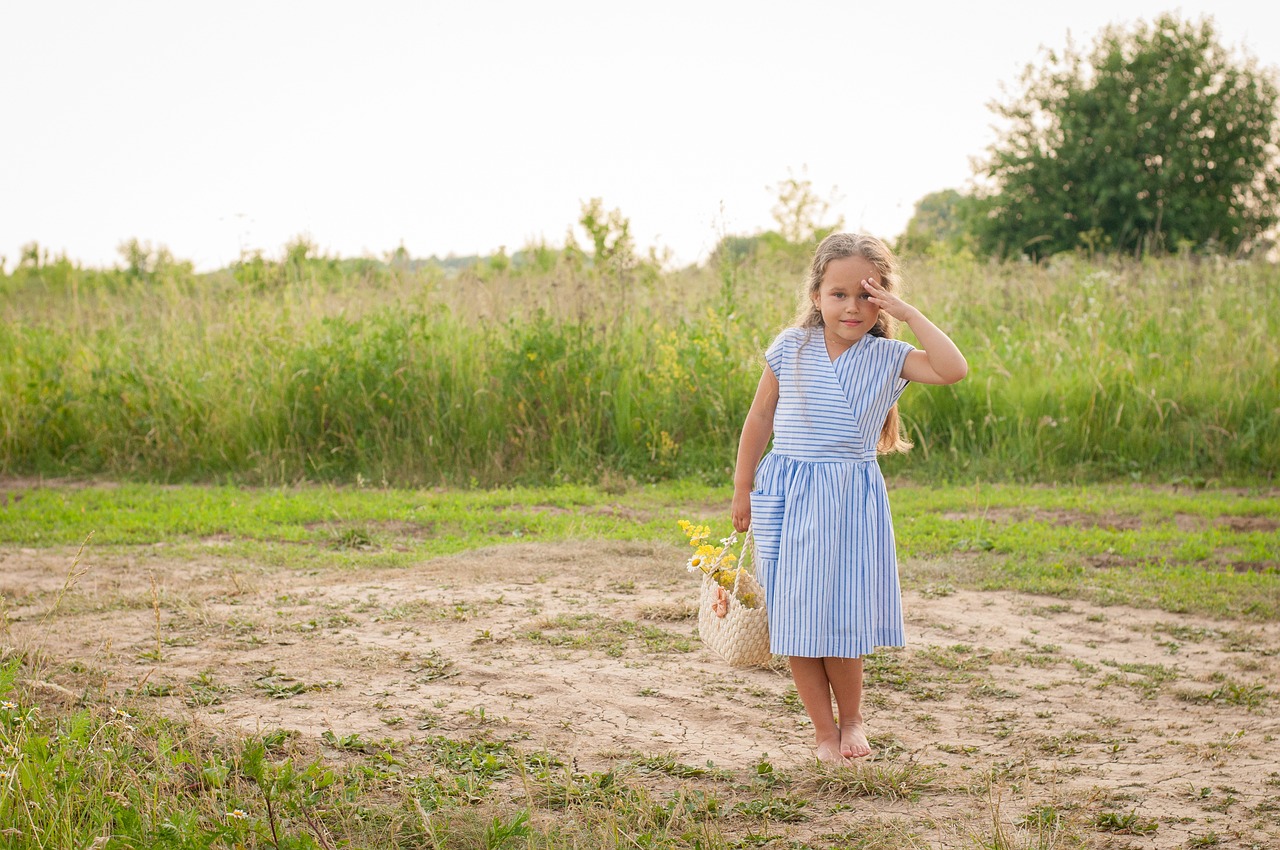
Allergy Considerations
When diving into the world of soap-making, it’s crucial to keep in mind the potential allergies that can arise from various ingredients. Children, in particular, can have sensitive skin and may react to certain substances, so being informed is key. Before starting your soap-making adventure, take a moment to assess the ingredients you plan to use. For example, common allergens in soaps include fragrances, certain oils, and colorants. It’s always a good idea to conduct a patch test on a small area of skin before applying any new product broadly.
To ensure a safe crafting experience, consider the following steps:
- Identify Common Allergens: Familiarize yourself with ingredients that frequently cause allergic reactions. Some of these include:
- Fragrance oils
- Coconut oil
- Essential oils (like lavender or tea tree)
- Colorants (especially synthetic dyes)
- Opt for Hypoallergenic Ingredients: Whenever possible, choose ingredients labeled as hypoallergenic. These are less likely to provoke allergic reactions.
- Provide Alternatives: If you’re hosting a soap-making session with multiple children, have alternative ingredients available for those with known allergies. This ensures everyone can join in on the fun without worry.
Additionally, it’s essential to read labels carefully and consult with parents or guardians about any known allergies their children may have. Engaging in open discussions about allergies not only fosters a safer crafting environment but also teaches kids the importance of being mindful of their own bodies and the materials they interact with.
By taking these precautions, you can create a fabulous soap-making experience that is not only fun but also safe for all participants. Remember, the goal is to unleash creativity while ensuring that everyone feels comfortable and included in the bubbly fun!
Here are some common questions parents and kids may have about soap-making and allergies:
- What should I do if my child has an allergic reaction? If you notice any signs of an allergic reaction, such as redness or itching, wash the affected area with soap and water and seek medical advice if necessary.
- Can we use natural ingredients instead of synthetic ones? Absolutely! Natural ingredients are often gentler on the skin and can be a great alternative for those with sensitivities.
- How can I make sure my soap is safe for sensitive skin? Stick to hypoallergenic ingredients, avoid potential irritants, and always perform a patch test.
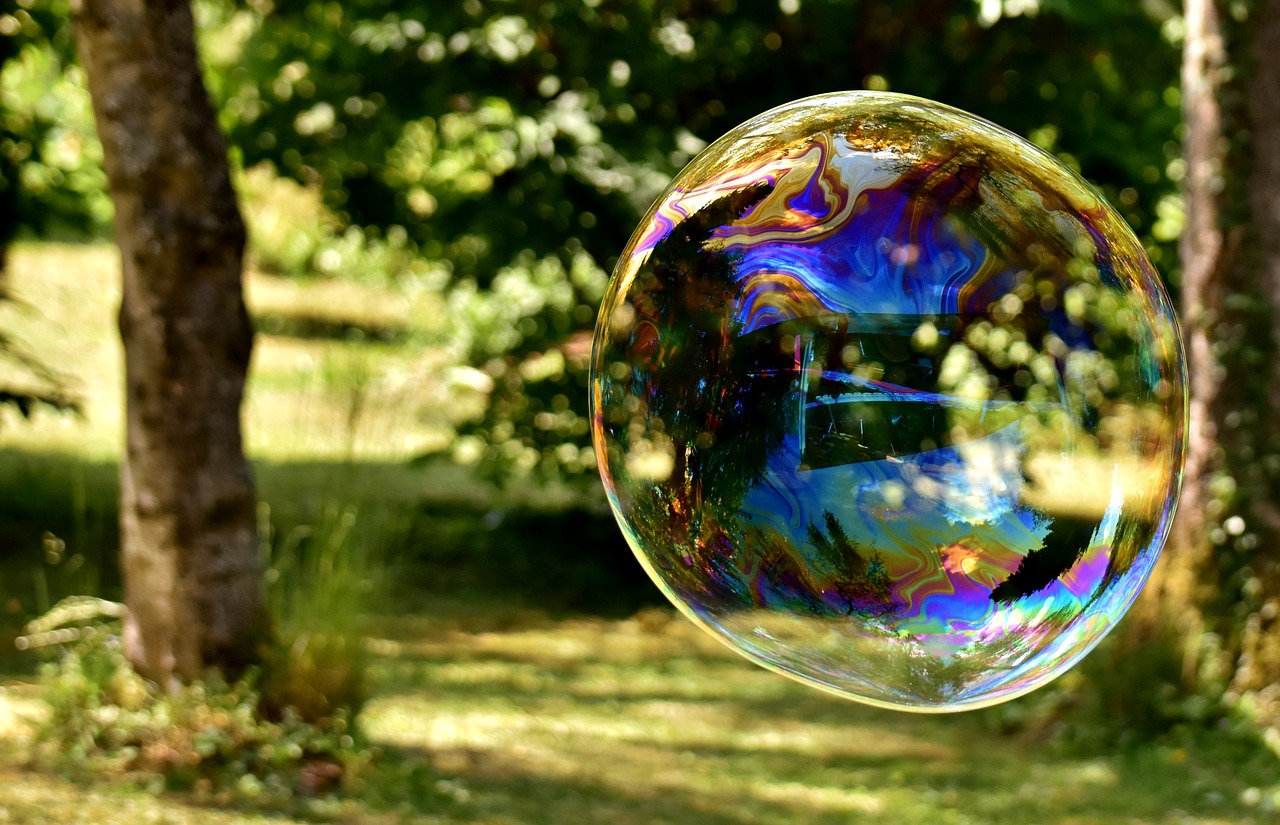
Simple Soap-Making Techniques
Soap-making can be an incredibly fun and rewarding experience, especially for kids eager to unleash their creativity. One of the simplest and most popular methods for beginners is the melt-and-pour technique. This method involves melting pre-made soap bases, which are safe and easy to handle. Kids can choose from a variety of bases, including glycerin, shea butter, or goat's milk, allowing them to customize their creations right from the start. Once the soap base is melted, children can mix in their favorite essential oils for fragrance, and add vibrant colorants to create eye-catching designs. The process is straightforward—just melt, mix, pour, and let it set!
Another engaging technique is the layering method. This approach involves pouring different colored soap bases one layer at a time. Kids can create stunning rainbow soaps or even thematic designs that tell a story. For example, they could make a soap that resembles a sunset by layering yellow, orange, and red soap bases. The key here is to let each layer cool slightly before adding the next, which creates a beautiful separation between colors. This method not only teaches patience but also allows children to visualize how colors blend and contrast.
For those who want to take their soap-making a step further, embedding objects within the soap can create delightful surprises. Kids can use small toys, dried flowers, or even colorful beads to embed within their soaps. To do this, simply pour a small amount of melted soap into the mold, let it cool until it’s slightly firm, then add the objects and pour more soap on top. This technique is like creating a treasure chest of surprises, making each bar unique and personal.
Don't forget about the fun of shaping soaps into different forms! Using silicone molds in various shapes—like hearts, stars, or animals—can add an extra layer of excitement. Kids can even create themed soaps based on their favorite characters or holidays. Once the soap is set, they can enjoy the satisfaction of popping them out of the molds and showcasing their artistic talents.
To wrap up this section, here’s a quick overview of the techniques:
| Technique | Description |
|---|---|
| Melt-and-Pour | Melting pre-made soap bases and customizing with colors and scents. |
| Layering | Pouring different colored soap layers for a stunning visual effect. |
| Embedding | Incorporating small objects within the soap for surprise elements. |
| Shaping | Using molds to create fun shapes and themed soaps. |
These simple techniques not only make soap-making accessible and enjoyable for kids but also encourage them to experiment and think creatively. So, gather your ingredients, unleash your inner artist, and let the bubbly magic begin!
Q: Is soap-making safe for kids?
A: Yes, soap-making can be safe for kids, especially when using melt-and-pour bases. Always supervise the process, particularly when melting soap, and ensure that all materials used are non-toxic.
Q: What ingredients do I need for soap-making?
A: Basic ingredients include a melt-and-pour soap base, essential oils for fragrance, colorants, and optional additives like dried flowers or small toys for embedding.
Q: Can I make soap without using lye?
A: Yes! The melt-and-pour method does not require lye, making it a safe option for kids and beginners.
Q: How long does it take for the soap to set?
A: Typically, it takes about 1 to 2 hours for melt-and-pour soap to fully set, depending on the thickness and ingredients used.
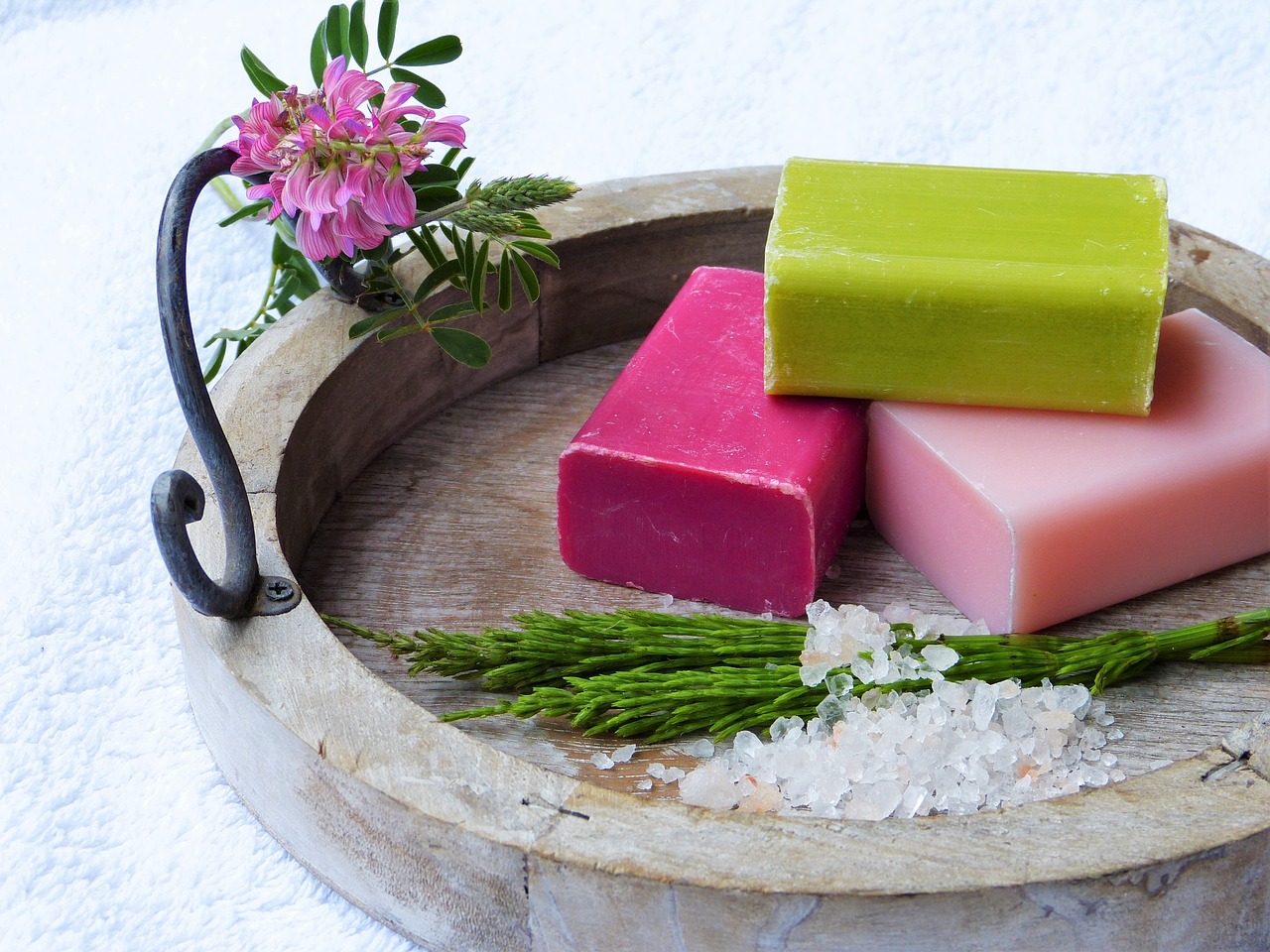
Creative Soap Designs
When it comes to soap-making, the sky's the limit! Kids can let their imaginations run wild as they create their own unique soap designs. The process of crafting colorful and fun soaps not only keeps them entertained but also allows them to express their artistic flair. Imagine a world where soap isn't just a bar for washing hands, but a canvas for creativity! From vibrant swirls to whimsical shapes, the possibilities are endless.
One exciting way to start is by experimenting with color layering. This technique involves pouring different colored soap bases into molds in layers, creating a beautiful gradient effect that is visually stunning. Kids can use various colors to represent their favorite themes, like a sunset or a rainbow. To add an extra touch of fun, they can incorporate soap embeds, which are small shapes or figures made from soap that can be placed inside the main soap bar. Think of embedding tiny stars, hearts, or even animal shapes for a delightful surprise when the soap is used!
For those who love a bit of a challenge, swirling is another fantastic technique. By using a skewer or a toothpick, kids can create mesmerizing patterns by swirling different colors together. This method not only adds an artistic touch but also teaches children about color mixing and how different shades can complement each other. The end result is a bar of soap that looks like a piece of art, ready to be displayed in the bathroom or gifted to someone special.
Seasonal designs can also be a hit! For instance, during Halloween, children can make spooky soaps shaped like pumpkins or ghosts. For Christmas, they might create festive soaps in the shape of Christmas trees or snowflakes. Themed soaps not only make the crafting process more engaging but also add a personal touch to holiday celebrations. Kids can even host a soap-making party, where they can showcase their creations and exchange ideas with friends.
Moreover, don't forget about personalized soap gifts! Kids can craft soaps that reflect the interests and preferences of their family and friends. A soap shaped like a favorite animal or colored in a loved one's favorite hue can make for a heartfelt gift. When it comes to packaging, a simple ribbon or a homemade tag can elevate the presentation, making it feel extra special. This not only teaches kids the joy of giving but also allows them to take pride in their creations.
In summary, creative soap designs are a fantastic way for kids to explore their artistic side while having fun. Whether it's through layering, swirling, or themed creations, the process of soap-making can become a cherished activity that sparks joy and creativity. So, gather those supplies and let the bubbly magic begin!
What age is appropriate for kids to start soap-making?
Most children aged 6 and up can safely participate in soap-making activities with adult supervision. It's a fun way to engage their creativity while learning new skills!
Are there any safety precautions to consider?
Absolutely! Always supervise children during the soap-making process, especially when using hot materials. Ensure that all ingredients are kid-friendly and free from allergens.
Can we use regular kitchen supplies for soap-making?
Yes! Many kitchen supplies like measuring cups, spoons, and mixing bowls can be used. Just make sure to keep soap-making tools separate from regular cooking tools to avoid any contamination.
How long do homemade soaps last?
Homemade soaps can last for several months if stored properly in a cool, dry place. However, it's always best to use them within a few weeks for the freshest scent and quality!
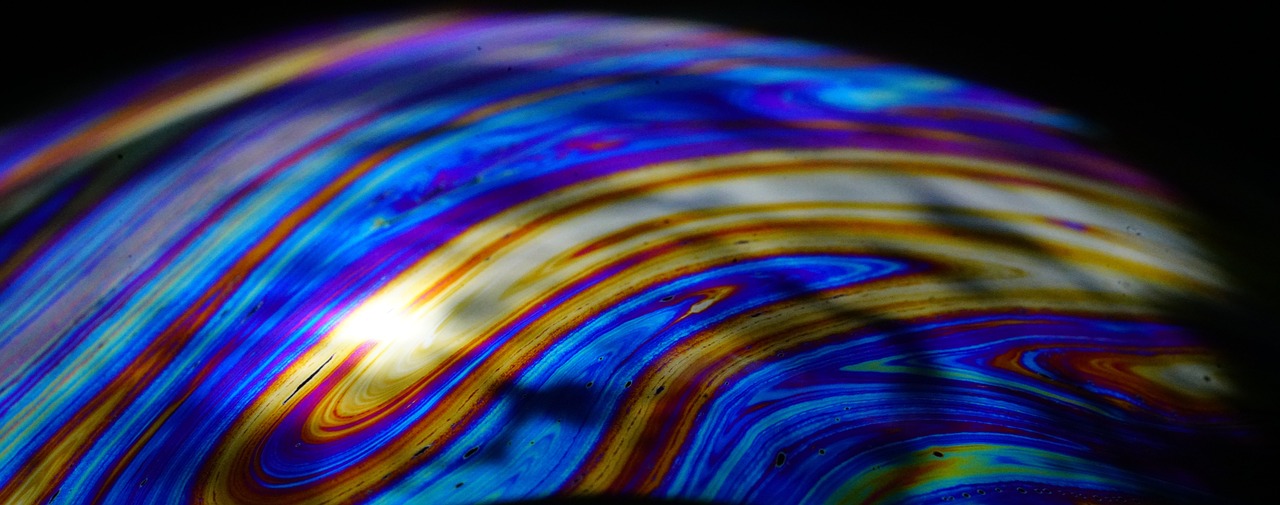
Seasonal and Holiday Soaps
Creating seasonal and holiday-themed soaps is not just a fun activity; it’s a fantastic way to celebrate the spirit of each occasion! Imagine the joy on a child's face when they craft a soap shaped like a spooky pumpkin for Halloween or a lovely snowflake for Christmas. These creative projects allow children to express their artistic talents while embracing the festive atmosphere. It’s like bringing a piece of the holiday magic right into their homes!
To get started, gather some basic supplies and think about the themes you want to explore. For instance, during Halloween, you might want to use orange and black colors, and add fun shapes like bats, ghosts, or pumpkins. For Christmas, you could go for red, green, and white hues, and incorporate shapes like Christmas trees, stars, or candy canes. The possibilities are endless!
Here are some fun ideas for seasonal soaps:
- Halloween: Use a melt-and-pour soap base, add orange and black colorants, and pour them into bat or pumpkin-shaped molds. You can even add a few drops of cinnamon essential oil for that autumn scent!
- Thanksgiving: Create a soap that resembles a cornucopia. Use a variety of colors to represent fruits and vegetables, and consider adding a touch of pumpkin spice fragrance.
- Christmas: Make layered soaps with red and green colors, and add peppermint essential oil for a refreshing scent. You can also embed small ornaments or use cookie cutters for fun shapes.
- Valentine's Day: Craft heart-shaped soaps using pink and red colors, and add rose or vanilla scents. These make perfect gifts for friends and family!
Not only do these soaps look adorable, but they also serve as great gifts or decorations around the house. You can package them in clear bags tied with colorful ribbons or place them in decorative boxes. Imagine gifting a beautifully wrapped soap to a loved one, made with the care and creativity of your child! It's a heartfelt gesture that adds a personal touch to any occasion.
As you dive into the world of seasonal soap-making, remember to encourage your kids to experiment with different colors, scents, and shapes. This is their chance to unleash their creativity and make something truly unique. Each soap can tell a story or represent a cherished memory, making the crafting process even more special.
Q: What materials do I need to make seasonal soaps?
A: You will need a soap base (like glycerin), colorants, essential oils, molds, and any additional decorations like glitter or embeds.
Q: Are the ingredients safe for kids?
A: Yes! As long as you choose kid-friendly materials and avoid harmful substances, soap-making can be a safe and enjoyable activity.
Q: Can I use natural ingredients for coloring and scent?
A: Absolutely! Natural colorants like beet juice or turmeric, and essential oils like lavender or peppermint can be great alternatives.
Q: How can I package the soaps as gifts?
A: You can use clear plastic bags, decorative boxes, or even jars. Adding a personal touch, like a handwritten note, can make it even more special!
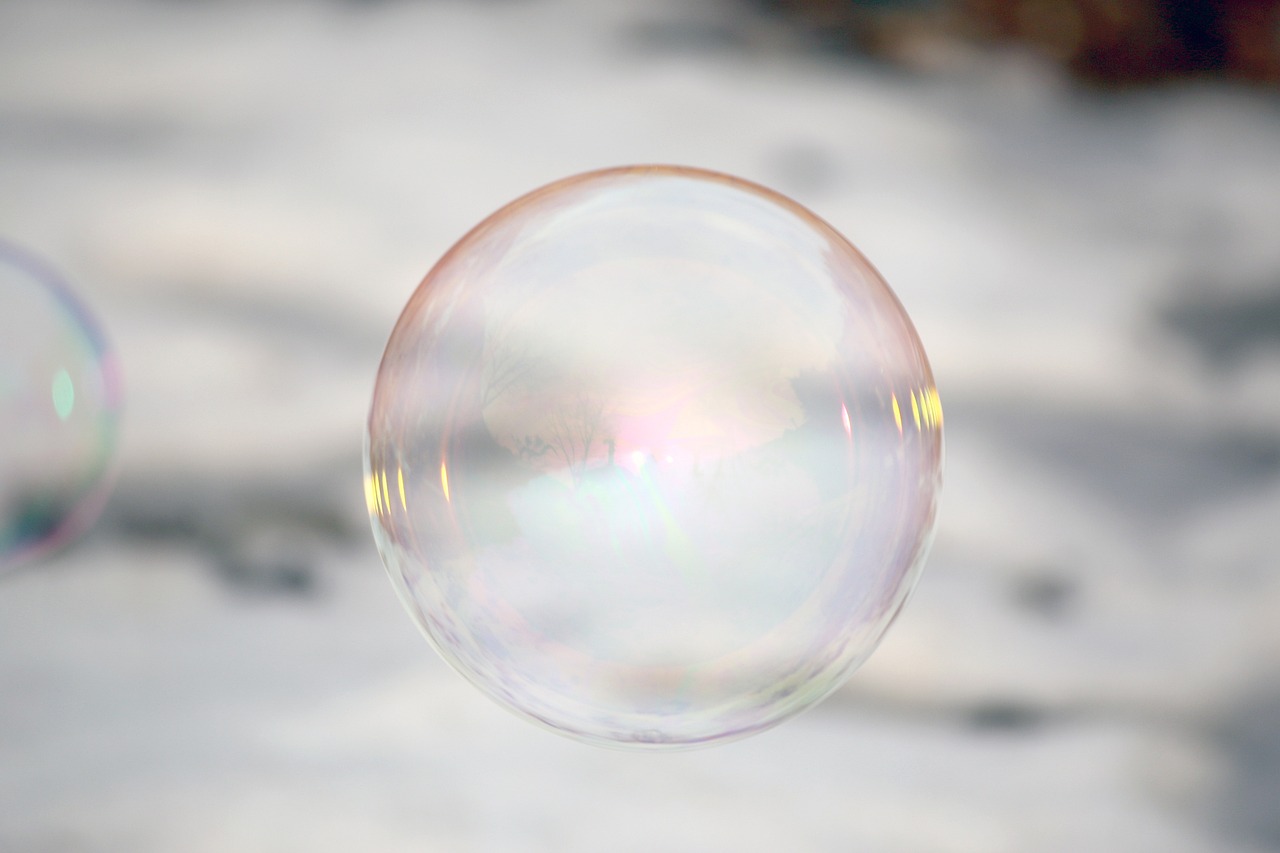
Personalized Soap Gifts
Creating personalized soap gifts is a delightful way for kids to express their creativity while spreading joy to family and friends. Imagine the sparkle in a loved one’s eyes when they unwrap a beautifully crafted bar of soap, made with care and love! Not only do these handmade soaps look stunning, but they also carry a personal touch that store-bought items simply can't match. Kids can customize their soaps by choosing colors, shapes, and scents that reflect the recipient's personality or preferences, making each gift truly unique.
To get started, gather some basic supplies: a melt-and-pour soap base, essential oils, colorants, and molds. Let the kids brainstorm ideas on what their loved ones might enjoy. For instance, a lavender-scented soap with a calming purple hue could be perfect for a grandmother, while a bright, citrusy soap might be ideal for a friend who loves vibrant fragrances. The possibilities are endless!
When it comes to packaging, presentation is key. Encourage kids to think creatively about how they want to wrap their soaps. They can use:
- Colorful cellophane bags tied with ribbons
- Homemade labels featuring the soap name and ingredients
- Decorative boxes adorned with stickers or drawings
Not only does this make the gift look appealing, but it also shows the effort and thought put into the creation. Personalizing the labels with a heartfelt message or the recipient's name adds a special touch that elevates the gift even further. Kids can also make matching cards to accompany their soaps, sharing why they chose that particular scent or design.
Moreover, personalized soap gifts are perfect for various occasions. Whether it's a birthday, holiday, or just a simple "thinking of you" gesture, these soaps can be tailored to suit any event. Kids can even host a soap-making party, inviting friends over to create and exchange their personalized creations. This not only makes for a fun activity but also nurtures social skills and teamwork.
In the end, the joy of giving personalized soap gifts lies in the thoughtfulness behind each creation. It’s not just about the soap; it’s about the love and care infused into every bar. So, let your kids unleash their imagination and turn simple ingredients into heartfelt gifts that will surely bring smiles to the faces of those they love!
Q: What age is appropriate for kids to start soap-making?
A: Kids as young as 5 can safely participate in simple soap-making projects with adult supervision, especially using melt-and-pour methods. As they grow older, they can tackle more complex techniques.
Q: Are there any safety precautions to consider?
A: Yes, always supervise children during the soap-making process. Make sure to use kid-friendly materials and avoid any harmful substances. It's also important to ensure that all ingredients are safe for skin contact.
Q: Can we add our own scents to the soap?
A: Absolutely! Essential oils are a great way to add fragrance to the soap. Just be sure to research which oils are safe for children to use and avoid any allergens.
Q: How long do homemade soaps last?
A: Homemade soaps can last for several months, especially if stored properly in a cool, dry place. However, it's best to use them within a few months for optimal freshness.
Q: Can we use molds from around the house?
A: Yes! Silicone molds, muffin tins, or even ice cube trays can work well for soap-making. Just ensure that they are clean and safe for food use if they were previously used for cooking.
Frequently Asked Questions
- What age group is suitable for soap-making activities?
Soap-making is a fantastic activity for kids aged 5 and up! Younger children can participate with adult supervision, while older kids can take the lead on their own. It's a great way to engage their creativity and teach them new skills!
- Are the ingredients safe for children?
Absolutely! When you choose kid-friendly ingredients like glycerin, natural colorants, and essential oils, soap-making can be a safe and enjoyable experience. Just be sure to read labels and avoid any known allergens!
- Can we use molds to create fun shapes?
Yes! Using molds is one of the best parts of soap-making. You can find molds in various shapes and sizes, allowing kids to create fun and unique soap designs. Think of it like baking cookies but with soap!
- How long does it take for the soap to set?
The setting time can vary depending on the method used. Melt-and-pour soaps usually take about 1-2 hours to harden. However, if you're using cold process methods, it might take up to 24 hours. Patience is key!
- What are some creative ideas for soap designs?
The possibilities are endless! Kids can create swirls, layers, or even embed fun objects like toys or flowers in their soap. Seasonal themes, like Halloween pumpkins or Christmas trees, can also add a festive touch!
- Can soap-making be a good educational activity?
Definitely! Soap-making combines art and science, teaching kids about chemical reactions, measurements, and creativity. It's a hands-on way to learn while having fun!
- How can we package the soaps as gifts?
Packaging can be as fun as making the soap! Kids can use colorful wrapping paper, boxes, or even clear bags tied with ribbons. Personalizing the packaging with stickers or drawings adds a special touch!
- Are there allergy considerations when making soap?
Yes, it's crucial to be aware of potential allergies. Always check for common allergens in ingredients and consider alternatives, like fragrance-free options, to ensure everyone can enjoy the soap-making experience!



















